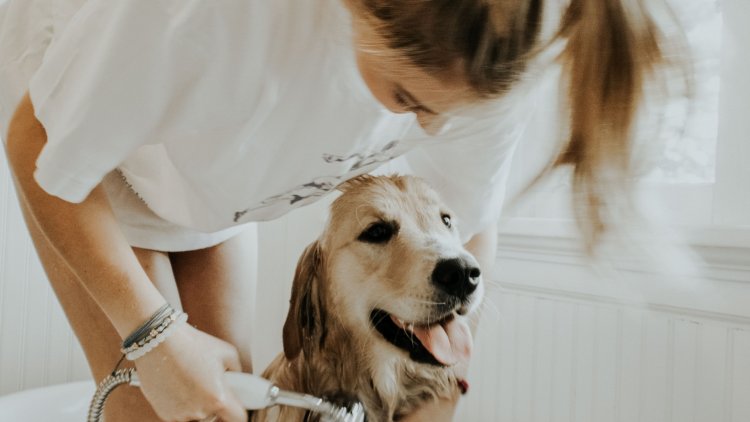Trimming

What exactly is trimming?
Trimming refers to the removal of "old," or dead, hair using one's fingertips. During the coat change in stick-haired, long-haired, and short-haired four-legged pals, the hair just falls out over several weeks. Rough-haired dogs, on the other hand, require assistance in the form of clipping. By the way, "to trim" in English has the same meaning as "to trim, to put in order." The act of plucking or stripping dead hair is known as "to pluck" or "to strip." The undercoat of the dogs that need to be groomed can be brushed out as usual.
What is the significance of trimming?
The rough coat was designed to make the dog more sturdy. Because the coat does not need to be changed, the four-legged buddy is always ready to hunt. His coat is waterproof all year, durable, and retains its vibrant color. If the dead top coat is left on the dog, it can cause irritation, inflammation, and dermatitis. Trimming the coat also encourages it to grow. If you fall in love with a breed's characteristic appearance, have your dog clipped to the standard.
Which breeds should have their coats trimmed?
Trimming is very important for terriers. The Airedale Terrier, Border Terrier, Irish Terrier, and Black Russian Terrier are examples of these breeds. Cromfoots, Roughhaired Dachshunds, and Schnauzers all require trimming. There are particular trimming instructions for all breeds. How often should I clip my dog's nails? When the furry nose is first trimmed in puppyhood, it quickly becomes accustomed to the grooming procedure. Trimming is advised once every eight to twelve weeks for an older dog.
What is the definition of a "rolling coat"?
The ideal trim is referred to as a rolling coat. It signifies that beneath the long top coat, there is already a new layer of primary hair. As a result of the trimming, the dog is now standing in the new short top coat rather than the undercoat.

 "
"
0 Comments: